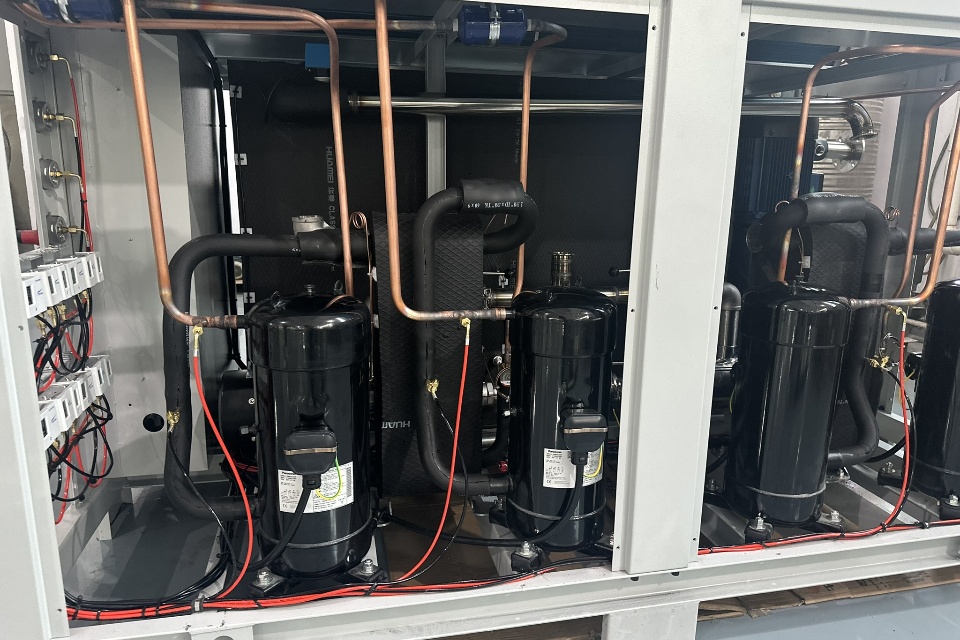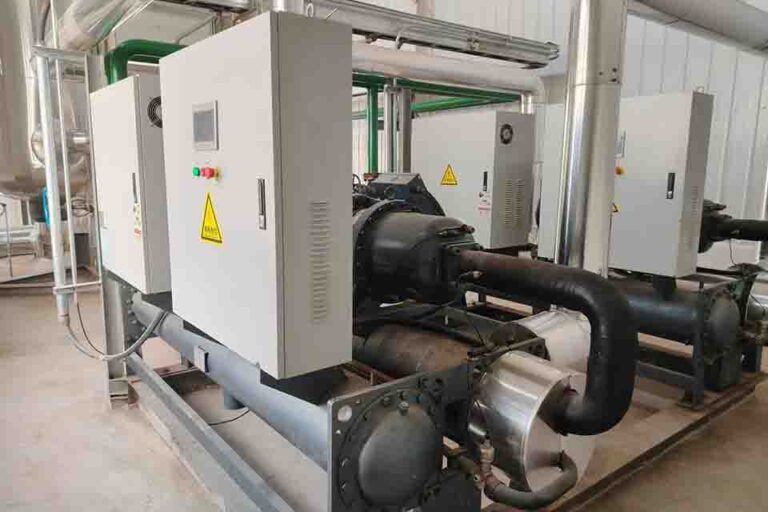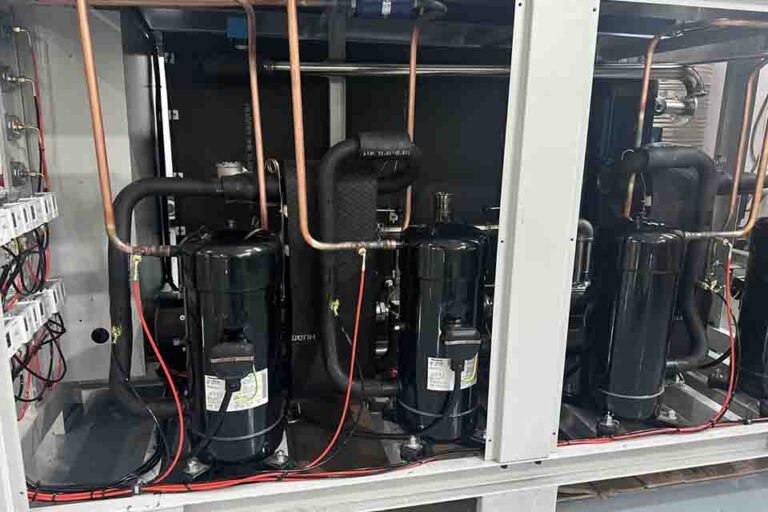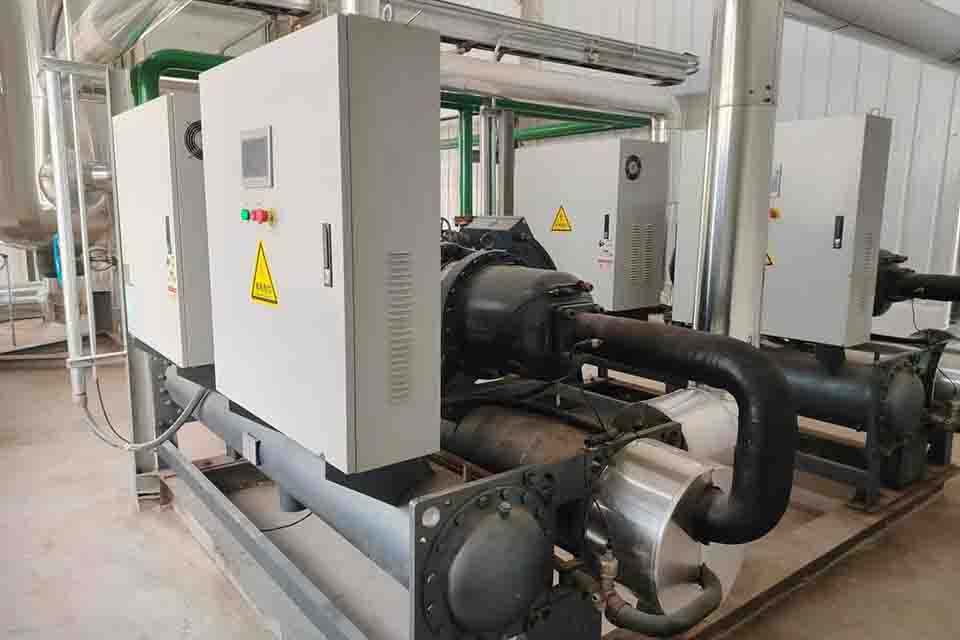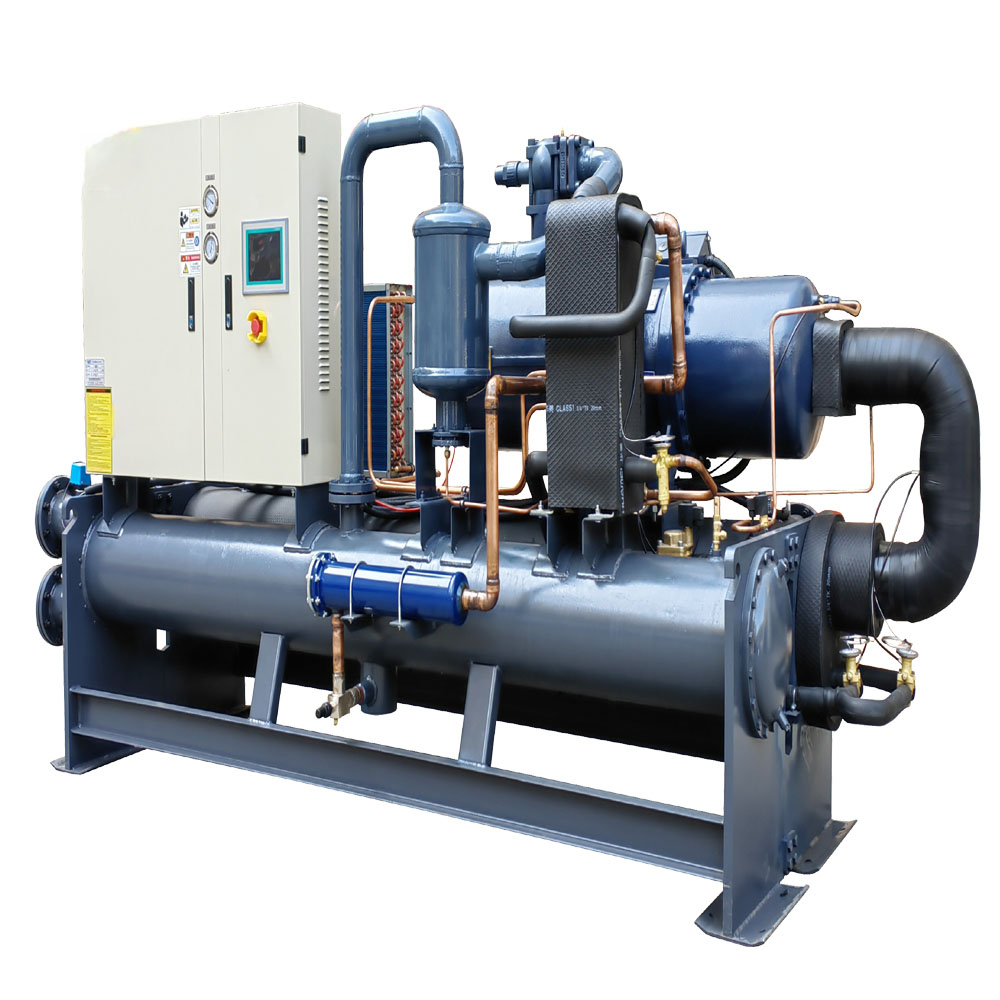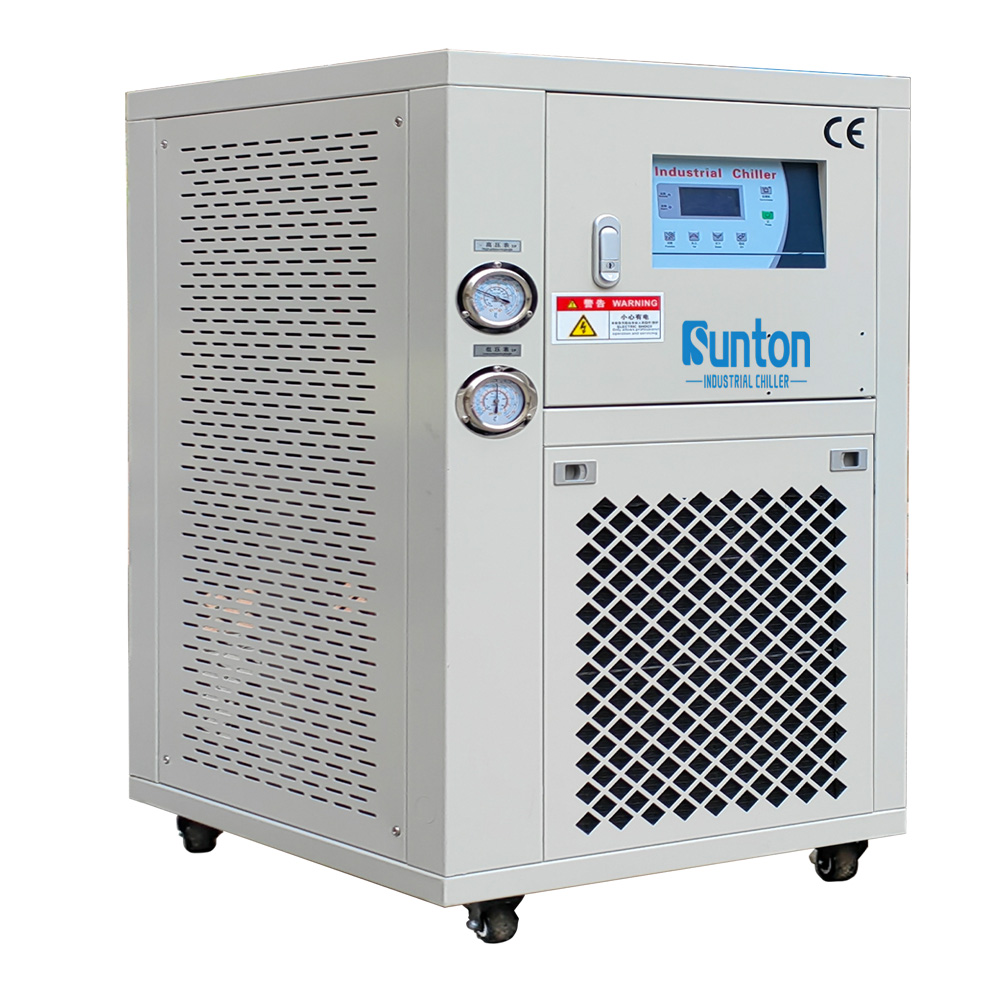-
Dalingshan Industrial Guangdong
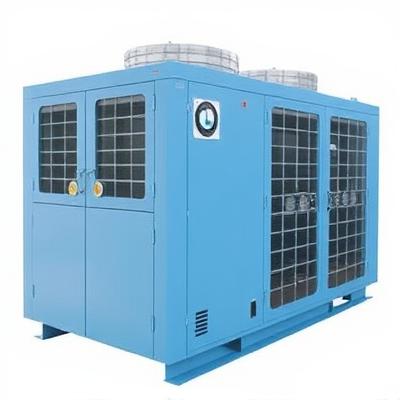
how to transport flower arrangements – flower transport cooling tips
How to Keep Flowers Fresh and Transport Floral Arrangements Safely
This article provides a comprehensive guide on transporting flowers, particularly in a car, and ensuring they remain fresh and vibrant throughout the journey. As a leading industrial chillers manufacturer, we understand the critical role temperature control plays in various industries, including the delicate process of preserving and transporting perishable goods like flowers. Whether you’re in the plastics and rubber industry, food and beverage, or even data centers, the principles of maintaining optimal temperatures are universal. This guide is worth reading because it provides practical, easy-to-follow advice that can be applied by anyone, from professional florists to individuals transporting a bouquet for a special occasion, ensuring your floral arrangements arrive at their destination as fresh as when they were first arranged.
Inhaltsübersicht
Why Is Proper Hydration Crucial for Flower Transport?
Hydration is the lifeblood of freshly cut flowers. Just like any living organism, flowers require water to maintain their vitality and appearance. When flowers are cut, they lose their direct connection to a water source, making them dependent on the water provided in a vase or other container. As someone who’s deeply involved in manufacturing industrial chillers, I can tell you that the principle of controlled fluid dynamics is something we think about every day. It’s not just about cooling; it’s about maintaining a stable environment. For flowers, it’s the same idea. The amount of water available directly impacts the flower’s ability to stay vibrant and fresh, and proper hydration is key.
The process of water loss in cut flowers is similar to what happens in many industrial processes we deal with. Without adequate water, flowers begin to wilt, their petals droop, and their colors fade. This is due to the loss of turgor pressure, the internal water pressure that keeps plant cells rigid. Ensuring a steady water supply helps maintain this pressure, keeping the flowers looking their best. This highlights the importance of keeping the flower stems submerged in water, ensuring continuous hydration throughout the transport process.
What’s the Best Way to Prepare Flowers for Transportation?
Preparing flowers for transport involves several key steps to ensure they remain fresh and beautiful. First, recut the flower stems at a 45-degree angle immediately after cutting. This increases the surface area for water absorption and prevents air from getting into the stem, which can block water uptake. In our line of work, we often talk about optimizing surface area for heat transfer in chillers. The same concept applies here – a larger, clean-cut surface allows for better hydration.
Next, remove any leaves that will be below the waterline in the vase. This helps prevent bacterial growth, which can shorten the lifespan of the flowers. Fill the vase or bucket with cool water and add flower food if available. Flower food provides essential nutrients and helps maintain the water’s pH balance, which is crucial for the flowers’ health. These steps are crucial to keep them fresh during transport. As experts in temperature control, we emphasize the importance of the right fluid composition in our chillers. For flowers, clean water and nutrients are equally vital. As a manufacturer of industrial chillers, I can attest to the importance of preventing system contamination. The same principle applies to keeping the water for your flowers clean and free of debris.
How Can You Use Vases Effectively During Transport?
Using vases effectively during transport is essential for keeping flowers hydrated and secure. Choose a vase with a wide base to prevent tipping over during transit. Fill the vase with enough cool water to keep the stems submerged but not so much that it spills when the car moves. A good rule of thumb is to fill the vase about one or two inches below the rim. This will prevent the flowers from moving around too much and keep them from hitting the sides of the vase. A stable vase is to flowers what a stable temperature is to our industrial processes. Both are crucial for maintaining quality and preventing damage.
For added stability, consider using a transport system specifically designed for floral transport. These systems often include foam inserts or grids that hold the vases in place and prevent them from tipping over. If you don’t have a specialized transport system, you can place the vase in a sturdy cardboard box and use packing materials to secure it. In our industry, we understand the significance of proper packaging for safe transport. The same principle applies here: secure packaging ensures the integrity of the product, whether it’s a piece of machinery or a delicate bouquet. This method is especially useful for larger arrangements or when transporting multiple vases.
What Role Does Temperature Play in Keeping Flowers Fresh?
Temperature is a critical factor in maintaining the freshness of flowers during transport. Flowers are sensitive to extreme temperatures, and exposure to heat can significantly shorten their lifespan. The ideal temperature range for most flowers is between 34 and 75 degrees Fahrenheit (1 to 24 degrees Celsius). In our world, maintaining precise temperatures is what we do. We build chillers that keep systems running within very specific temperature ranges. Flowers, much like the sensitive equipment used in industries like electronics and medical, thrive within a specific temperature window.
During transport, it’s essential to keep the flowers cool and out of direct sunlight. Avoid leaving flowers in a hot car, as the temperature inside can quickly rise to dangerous levels. If possible, use air conditioning to keep the car’s interior cool. You can also use insulated flower boxes to protect the flowers from temperature fluctuations. Keeping flowers shaded and in a cool environment helps slow down their metabolic rate, reducing water loss and prolonging their freshness. It’s analogous to how we use chillers to slow down processes in industries like chemical and pharmaceutical manufacturing, where temperature control is paramount. The same concept applies here: controlling the environment to preserve the quality and longevity of the product.
Here is an image of one of the products we offer at The Water Chiller:
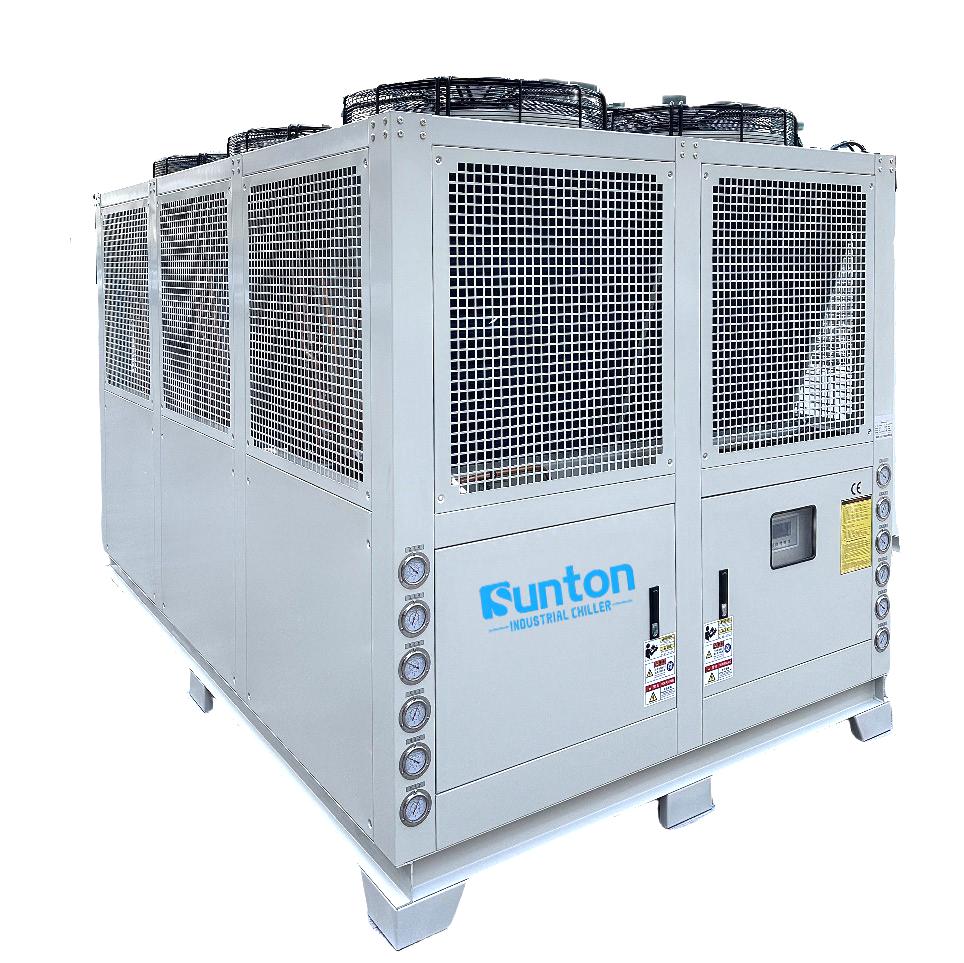
How to Secure Floral Arrangements in a Vehicle?
Securing floral arrangements in a vehicle is crucial to prevent damage during transport. For arrangements that are already in a vase, ensure the vase is placed on a flat, stable surface, such as the floor of the car. Use non-slip mats or towels to prevent the vase from sliding around. In my experience, stability is key, whether it’s for a large industrial chiller unit or a delicate vase of flowers. Secure the vase using a box, or other support to prevent it from moving around too much during transit. This will keep your flowers upright during the journey.
For larger or more elaborate floral arrangements, consider using a specialized floral transport container. These containers are designed to hold arrangements securely in place and often include features like straps or foam inserts for added protection. If you’re transporting a flower bouquet without a vase, wrap the stems in a damp paper towel and cover them with a plastic bag to maintain hydration. Place the bouquet in a box or container to protect the flowers and keep them secure during transport.
Are There Specific Techniques for Transporting Different Flower Types?
Different flower types may have specific requirements when it comes to transport. For example, delicate flowers like orchids or lilies may need extra care to prevent bruising or damage to their petals. Consider wrapping these flowers individually in tissue paper or using specialized containers that provide individual compartments for each bloom. Using specialized transport containers, such as our Water Cooled Screw Central Chillers, can help maintain the specific conditions needed for different types of flowers.
Flowers with sturdy stems, such as roses or sunflowers, are generally more resilient during transport. However, it’s still important to ensure they are properly hydrated and secured. For flowers that are prone to wilting, such as hydrangeas, it’s crucial to keep them hydrated throughout the transport process. You can use water tubes or floral foam soaked in room temperature water to provide a continuous water source for these flowers.
How Does Packaging Impact Flower Freshness During Transport?
Packaging plays a significant role in maintaining the freshness of flowers during transport. Proper packaging helps protect the flowers from physical damage, temperature fluctuations, and ethylene gas, which can accelerate the aging process. Many of the industries we serve, including food and beverage, rely heavily on packaging to maintain product integrity. It’s the same with flowers; the right packaging can make all the difference.
When transporting flowers, use breathable materials that allow for air circulation while still providing protection. Avoid using airtight containers, as they can trap moisture and create a humid environment that promotes bacterial growth. Instead, opt for flower boxes or containers with ventilation holes. These will keep your flowers shaded from direct light, while preventing moisture buildup.
What Should You Do If You Can’t Transport Flowers Immediately?
If you can’t transport flowers immediately, it’s important to store them properly to maintain their freshness. Store your flowers in a cool, dark place, away from direct sunlight and heat sources. Keep the stems submerged in cool water and add flower food if available. Just as we use our chillers to maintain optimal conditions for industrial processes, creating a controlled environment is crucial for preserving flowers.
If you need to store flowers for an extended period, consider using a refrigerator. However, be sure to keep them away from fruits or vegetables, as they release ethylene gas, which can cause flowers to age prematurely. Wrap the flowers in a damp paper towel and place them in a plastic bag to maintain humidity.
What Are Common Mistakes to Avoid in Flower Transport?
Several common mistakes can compromise the freshness and appearance of flowers during transport. One of the most frequent errors is failing to recut the stems before placing the flowers in water. Cutting the stems at a 45-degree angle helps improve water uptake and prevents air from getting into the stem. We understand the importance of proper fluid flow in our chillers, and the same principle applies to flower hydration.
Another common mistake is overcrowding the vase or container. Flowers need space to breathe, and overcrowding can lead to poor air circulation and increased humidity, which can promote bacterial growth. Additionally, avoid exposing flowers to extreme temperatures or leaving them in a hot car. Our Glycol chillers are designed to regulate temperatures in various industrial settings, highlighting the importance of temperature control in maintaining quality.
How to Handle Flowers Upon Arrival at Their Destination?
Upon arrival at their destination, it’s important to handle the flowers with care to ensure they remain fresh and vibrant. Immediately recut the stems at a 45-degree angle and remove any leaves that will be below the waterline. Fill a clean vase with cool water and add flower food if available.
Place the flowers in a cool, well-ventilated area, away from direct sunlight, heat sources, and drafts. Avoid placing flowers near fresh produce, as they can release ethylene gas. Regularly check the water level in the vase and top it up as needed. With proper care, your flowers should stay fresh and beautiful for several days.
Häufig gestellte Fragen
How do I keep my flowers from wilting during transport?
Keep the stems submerged in cool water, use flower food, and avoid exposing the flowers to extreme temperatures or direct sunlight. Recut the stems at a 45-degree angle to improve water uptake.
Can I transport flowers in a car without water?
While it’s possible to transport flowers without water for short periods, it’s not recommended for longer journeys. Flowers need to stay hydrated to remain fresh, so it’s best to keep the stems submerged in water or use a damp paper towel to maintain moisture.
What’s the best way to transport a flower bouquet?
Wrap the stems in a damp paper towel, cover them with a plastic bag, and place the bouquet in a box or container to protect the flowers and keep them secure during transport.
How long can flowers last without water?
Most cut flowers can last for a few hours without water, but their lifespan will be significantly reduced. To keep flowers fresh for as long as possible, it’s best to provide them with a continuous water source.
What should I do if my flowers arrive wilted?
If your flowers arrive wilted, recut the stems at a 45-degree angle and place them in cool water with flower food. They should rehydrate and perk up within a few hours.
Can I use regular tap water for my flowers?
Yes, you can use regular tap water for your flowers. However, it’s important to use cool water and to change the water every day or two to prevent bacterial growth.
Wichtigste Erkenntnisse
- Proper hydration is crucial for maintaining the freshness of flowers during transport.
- Recut the stems at a 45-degree angle to improve water uptake.
- Use cool water und flower food to keep flowers nourished.
- Maintain a temperature between 34 and 75 degrees Fahrenheit (1 to 24 degrees Celsius) during transport.
- Secure floral arrangements in the vehicle to prevent damage.
- Avoid exposing flowers to direct sunlight, heat, or ethylene gas.
- Proper packaging, such as ventilated flower boxes, can help maintain freshness.
- Upon arrival, immediately recut the stems and place the flowers in cool water.
- If you run into issues or need more specific information, check out our Industrial Chillers For Agriculture.
By following these tips and techniques, you can ensure that your flowers arrive at their destination looking fresh and beautiful, whether you’re a professional florist or simply transporting a special bouquet. As a company deeply rooted in the science of temperature control, we at the industrial chillers manufacturing plant hope these insights help you appreciate the delicate balance required to preserve and transport temperature-sensitive goods. Contact us today to learn more about how our expertise can benefit your industry, whether it’s in plastics and rubber, food and beverage, or any other field requiring precise temperature regulation. Our Anti-Explosion Chillers are a testament to our commitment to safety and precision in temperature control.
